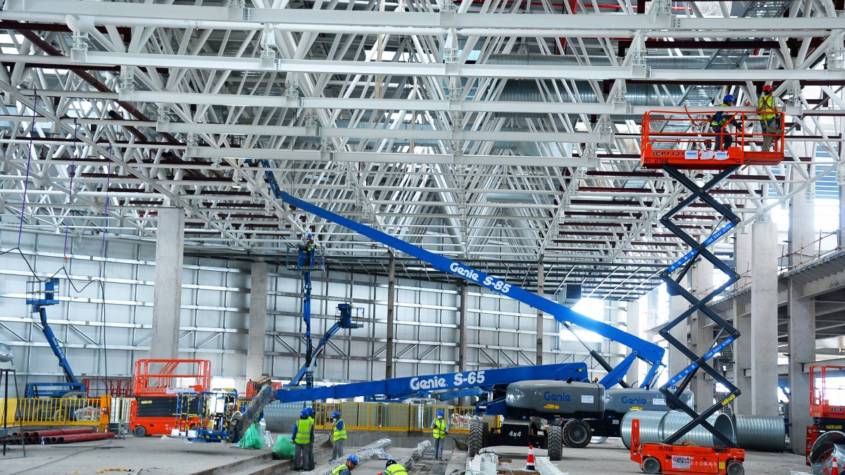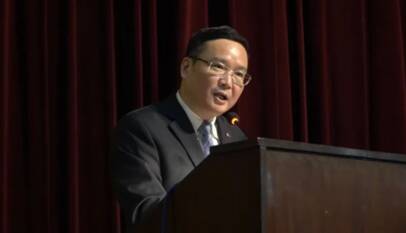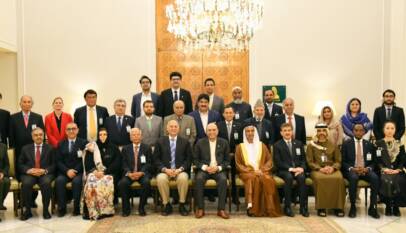CPEC SEZs to enable rapid industrialization, create employment in Pakistan
Ahsan Munir, a columnist writes that CPEC projects in the first phase focused on infrastructural development and energy projects. He writes that as CPEC enters second phase, SEZs will be established along the route which will establish industrial units, create employment opportunities and boost economic activities in the country. Munir writes that the SEZ incentive package will enable industrial uplift and create employment which points towards rejuvenation of local industries. He proposes that the local industry should be offered equal benefits and exemptions as to the international investors in SEZs. He concludes by recommending that a single institution should be dealing with and held accountable for all the activities related to CPEC.
CPEC projects in the first phase are basically in infrastructure like power stations and transportation and predominantly aimed to improve overall infrastructure quality. Recently, the government has announced that CPEC is entering its next phase, where Special Economic Zones (SEZs) will be established along the CPEC route. It is claimed that SEZs would help attract foreign direct investment (FDI), establish industrial units, create employment opportunities and boost economic activities in the economic country. Further, all previous governments, including the incumbent, have claimed to equip SEZs with state-of-the-art infrastructure and connectivity.
The SEZ incentive package includes exemption from income tax for ten years and a one-time exemption from all customs duties and taxes on import of capital goods. This means a lot of lost revenue for the government and hence for the people of Pakistan over the years, which begs the question: how would the people of Pakistan and local industry benefit from SEZs?
Moreover, merely opening SEZs do not bring industrial uplift and employment, as has been previously tried and experienced by Pakistan. Furthermore, the government is endeavouring to develop SEZs in the services sector and approvals have been accorded to IT Zones to facilitate information technology and software development. However, the path to economic progress is through industrialisation, not the service sector. Therefore, among others, the success of SEZs depends upon the type of industries being set up and the level of value-addition being brought about by these industries. Hence, tax exemptions and rebates in SEZs should be proportionate to: the value-addition achieved the level of local employment generated and joint ventures (JVs) with the local industry. Further, all SEZs should be open for local and foreign investors equally to offset the costs of establishing SEZs.
Value-addition comes through technology transfer. Therefore, along with the efforts to expedite the development of infrastructure in SEZs, the government should formulate policies to facilitate technology transfer. By accepting the industrial transfer, Pakistan could take advantage of its existing human resources and raw material, and establish a more integrated industrial structure domestically, thus uplifting its position in the global value chain. Apart from being part of the value-chain of foreign investors, the local industry should be offered equal benefits and exemptions as to the international investors in SEZs.
Various government ministries and agencies, such as the Board of Investment (BoI), SMEDA, CPEC Centre of Excellence, the Ministry of Planning, Development and Reform (MoPDR), are directly or indirectly working for the dissemination of information, and facilitation and execution of CPEC related activities. And these government agencies hope that Chinese investors would benefit from the textile, leather, pharmaceutical, food processing, and surgical industries existing in Pakistan. Now, what metrics have been in place to measure the performance of these institutions? And what sorts of policies have been formulated by these institutions to facilitate local industrial sector integration with foreign investors coming to SEZs? And the more important question is: Whether the Chinese also have multiple (or a single institution) dealing with CPEC activities in Pakistan?
Finally, China is operating in middle- to high-end world markets, while countries such as Sri Lanka, Bangladesh have outclassed Pakistan in low-end markets. So the important question would be how our mainstay industries, operating in low-end markets, be able to go into joint ventures with firms, chiefly Chinese, operating in medium to high-end world markets?
Therefore, keeping in view the above discussion, it is recommended that a single institution should be dealing with and held accountable for all the activities related to CPEC. Further, instead of focusing on the services sector, emphasis should be on technology transfer for value-addition and industrialisation. Finally, our local industry should be made part of industries being set up in SEZs through JVs, and adequate training should be provided, where necessary, to seamlessly integrate into JVs.
Chinese Ambassador highlights significance of Third Plenary Session for China-Pakistan cooperation
The Third Plenary Session of the 20th Central Committee of the Communist Party of China ha…











